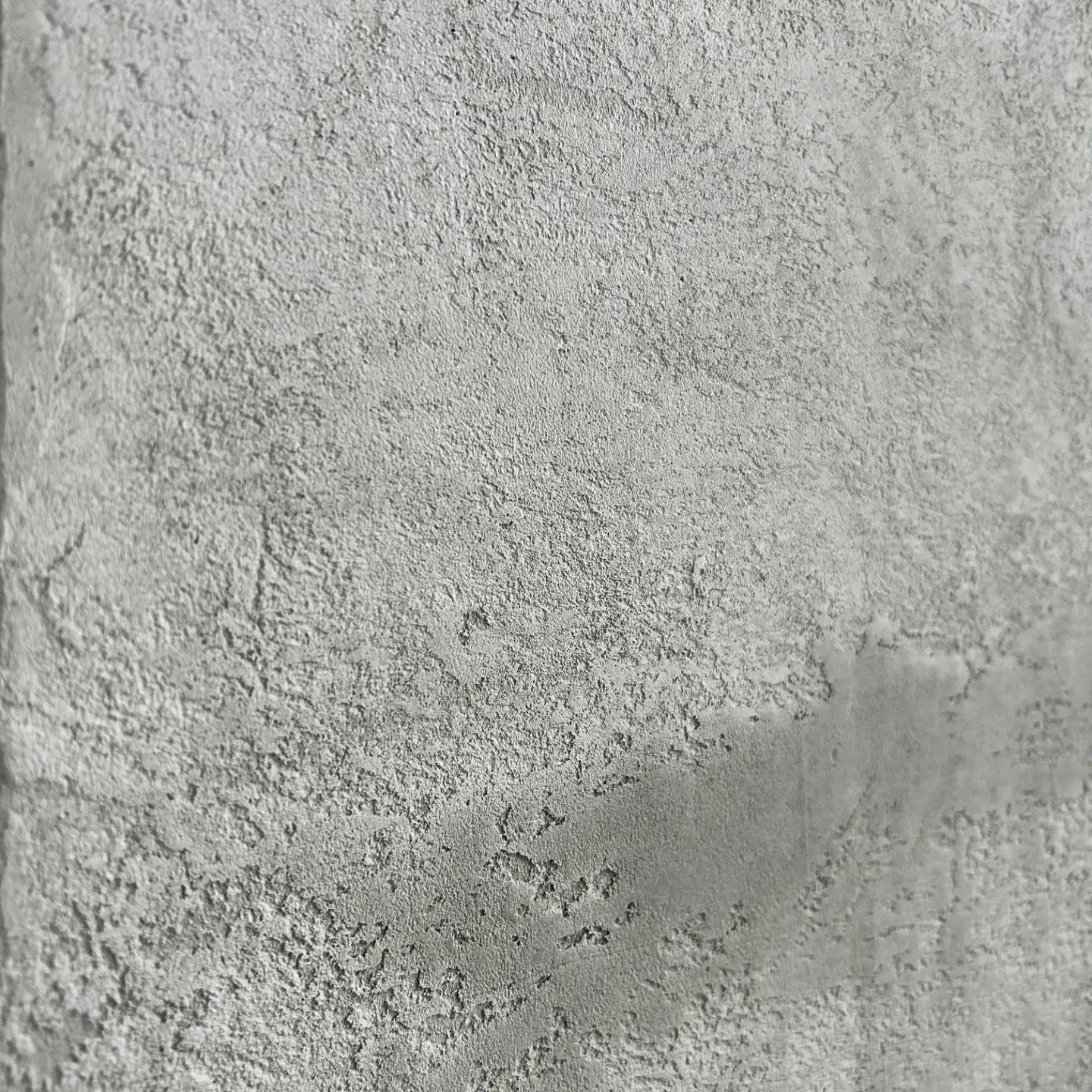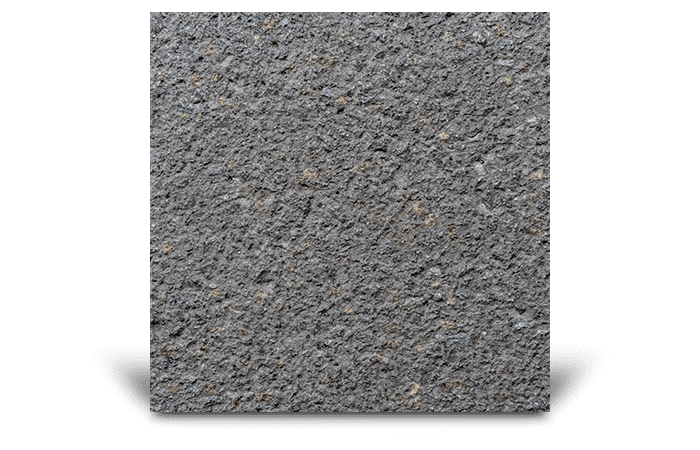Introducing the Eco-Friendly Advantages of Using Recycled Concrete in Lasting Building And Construction Practices
In the realm of lasting building methods, the use of recycled concrete stands as a pivotal yet often underestimated resource. Beyond its standard applications, recycled concrete deals a myriad of environmentally friendly benefits that extend much beyond the boundaries of conventional construction products.
Environmental Advantages
By incorporating recycled concrete into building practices, there is a substantial decrease in the need for new raw materials, leading to preservation of natural sources. Furthermore, the use of recycled concrete decreases the quantity of waste being sent to land fills, thus lowering ecological pollution and alleviating the stress on garbage dump capacities (Concrete).

Additionally, the production of standard concrete is a considerable resource of carbon discharges due to the energy-intensive process of concrete manufacturing. In contrast, recycled concrete has a lower carbon impact as it minimizes the demand for brand-new concrete manufacturing. This decline in carbon exhausts adds to mitigating climate adjustment and supports sustainable construction practices. Generally, the environmental benefits of using recycled concrete are significant and play an essential function in promoting environmentally friendly construction approaches.
Cost-Efficiency
Accomplishing cost-efficiency is a paramount factor to consider when analyzing the utilization of recycled concrete in construction jobs. One of the key advantages of using recycled concrete is its cost-effectiveness compared to conventional concrete.
In addition, making use of recycled concrete can result in financial savings in land fill prices by drawing away concrete waste from disposal websites. This not just lowers the ecological influence yet also gets rid of the expenses related to waste removal. The sturdiness and efficiency of recycled concrete are equivalent to traditional concrete, guaranteeing that expense savings do not jeopardize the quality of the building and construction.
Durability and Stamina
Thinking about the significant cost-efficiency advantages of utilizing recycled concrete, it is critical to analyze its toughness and strength in construction applications. Recycled concrete deals equivalent, if not exceptional, resilience and toughness buildings to standard concrete. Through advancements in handling methods and quality assurance, recycled concrete can satisfy or surpass the performance requirements of conventional concrete. The procedure of reusing concrete includes squashing, sorting, and evaluating old concrete to produce aggregates that can be utilized in new building and construction projects. These recycled accumulations are capable of giving sufficient compressive stamina, longevity, and long-lasting performance.

Waste Reduction
When it comes to utilizing recycled concrete, waste reduction is an essential benefit that contributes considerably to environmental preservation. By integrating recycled concrete into construction projects, this waste is repurposed and drawn away from land fills, reducing the overall ecological effect of building activities.
Additionally, the usage of recycled concrete can lead to cost savings for building and construction projects, as it is usually more inexpensive than sourcing and moving new materials - Concrete. In verdict, waste reduction through the application of recycled concrete is a vital element of lasting construction practices that profits both the find this environment and the building industry as a whole.
Energy Conservation
Energy conservation is an important element of sustainable building practices, aiming to reduce the overall energy intake connected with building operations and products production. Significant energy cost savings are achieved contrasted to traditional concrete manufacturing when it comes to making use of recycled concrete in building. The procedure of generating recycled concrete entails recycling and squashing existing concrete materials, which consumes much less power than mining, handling, and transporting raw products for new concrete production. Additionally, making use of recycled concrete can aid lower the demand for virgin accumulation, additional minimizing the energy-intensive extraction and handling of natural deposits.
Verdict
Finally, the utilization of recycled concrete in lasting building and construction techniques supplies many environmental advantages, cost-efficiency, durability, toughness, waste reduction, and power preservation. By incorporating recycled concrete right into building projects, we can add to a much more eco-friendly and lasting future. this website It is necessary for the building sector to prioritize making use of recycled products to help in reducing the environmental influence of construction tasks.
One of the crucial advantages of utilizing recycled concrete is its cost-effectiveness compared to standard concrete.Moreover, the use of recycled concrete can lead to savings in garbage dump prices by diverting concrete waste from disposal websites. The sturdiness and performance of recycled concrete are equivalent to traditional concrete, visit this site right here ensuring that expense financial savings do not jeopardize the top quality of the construction.
